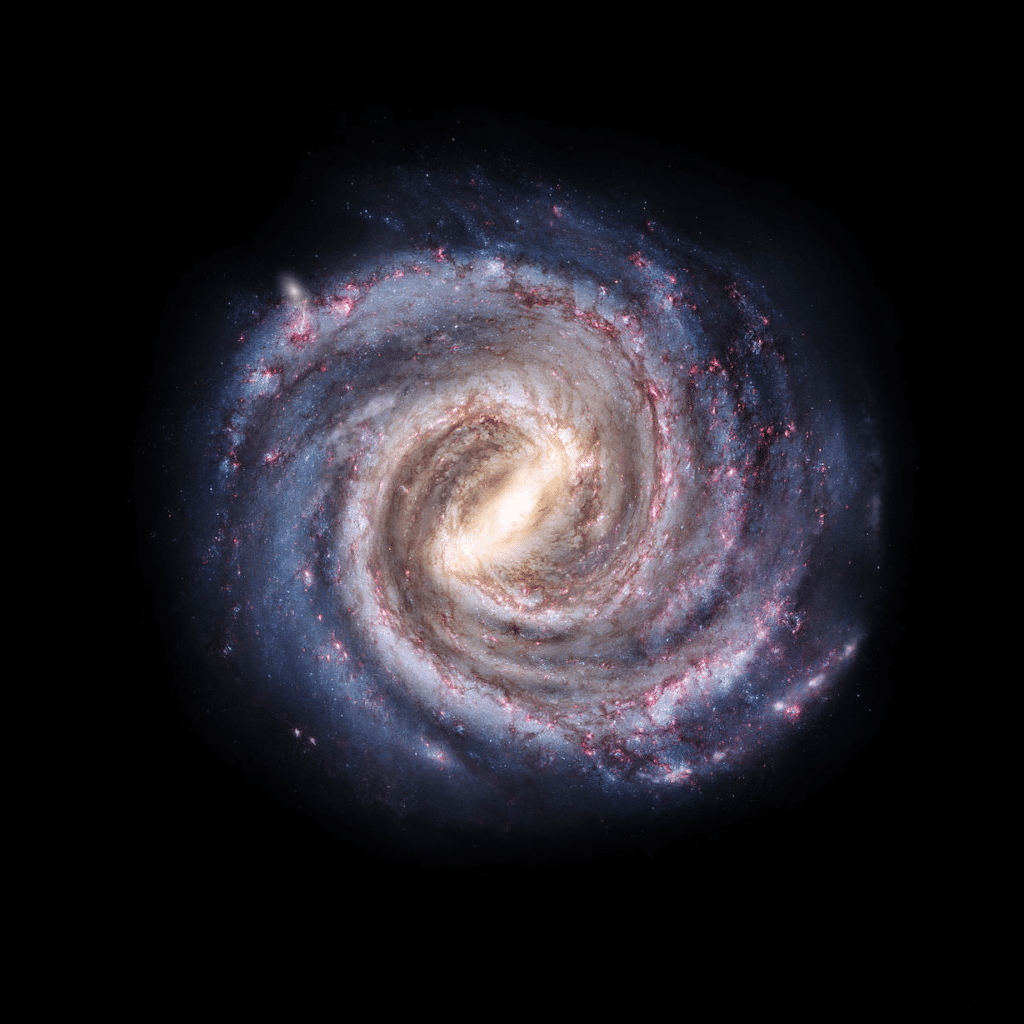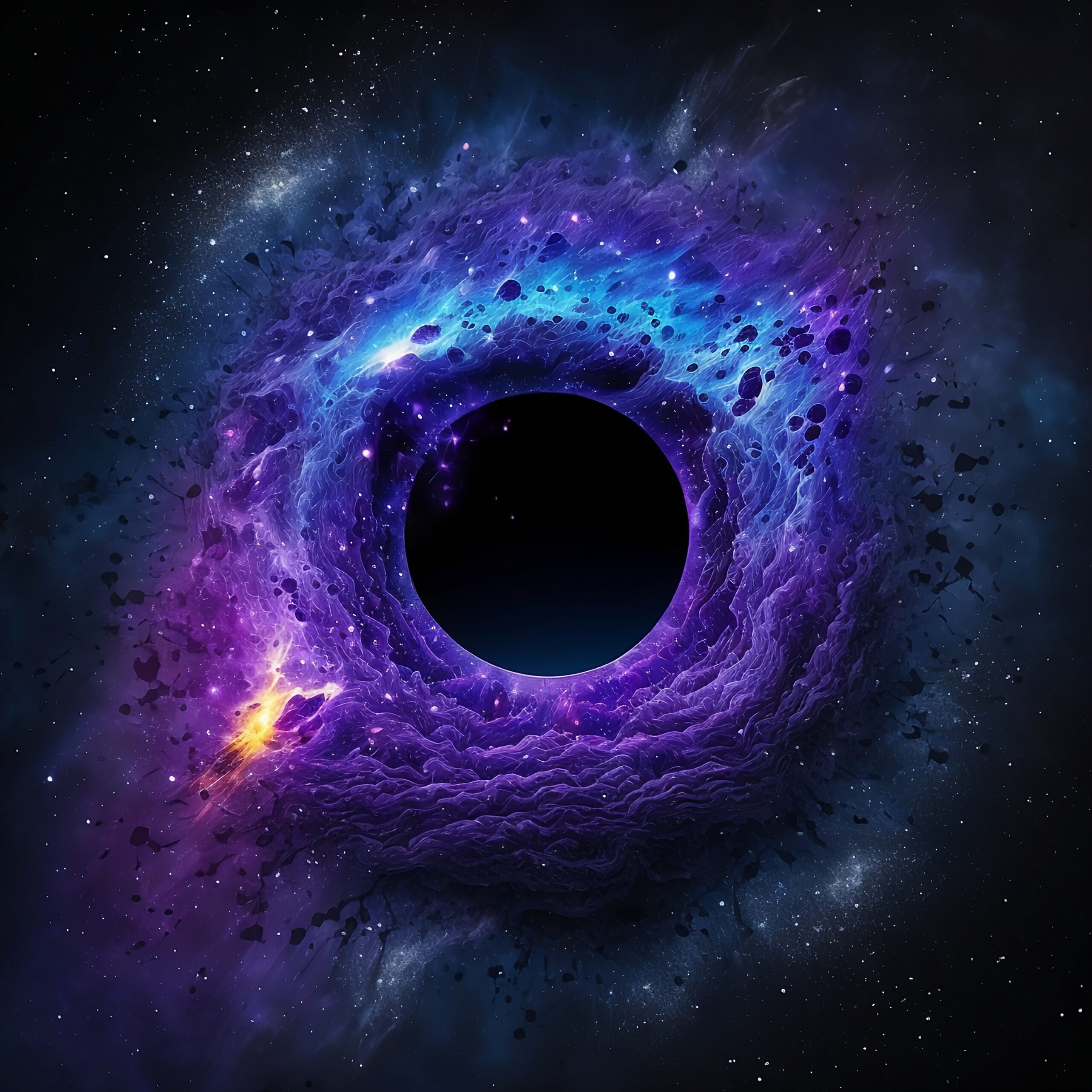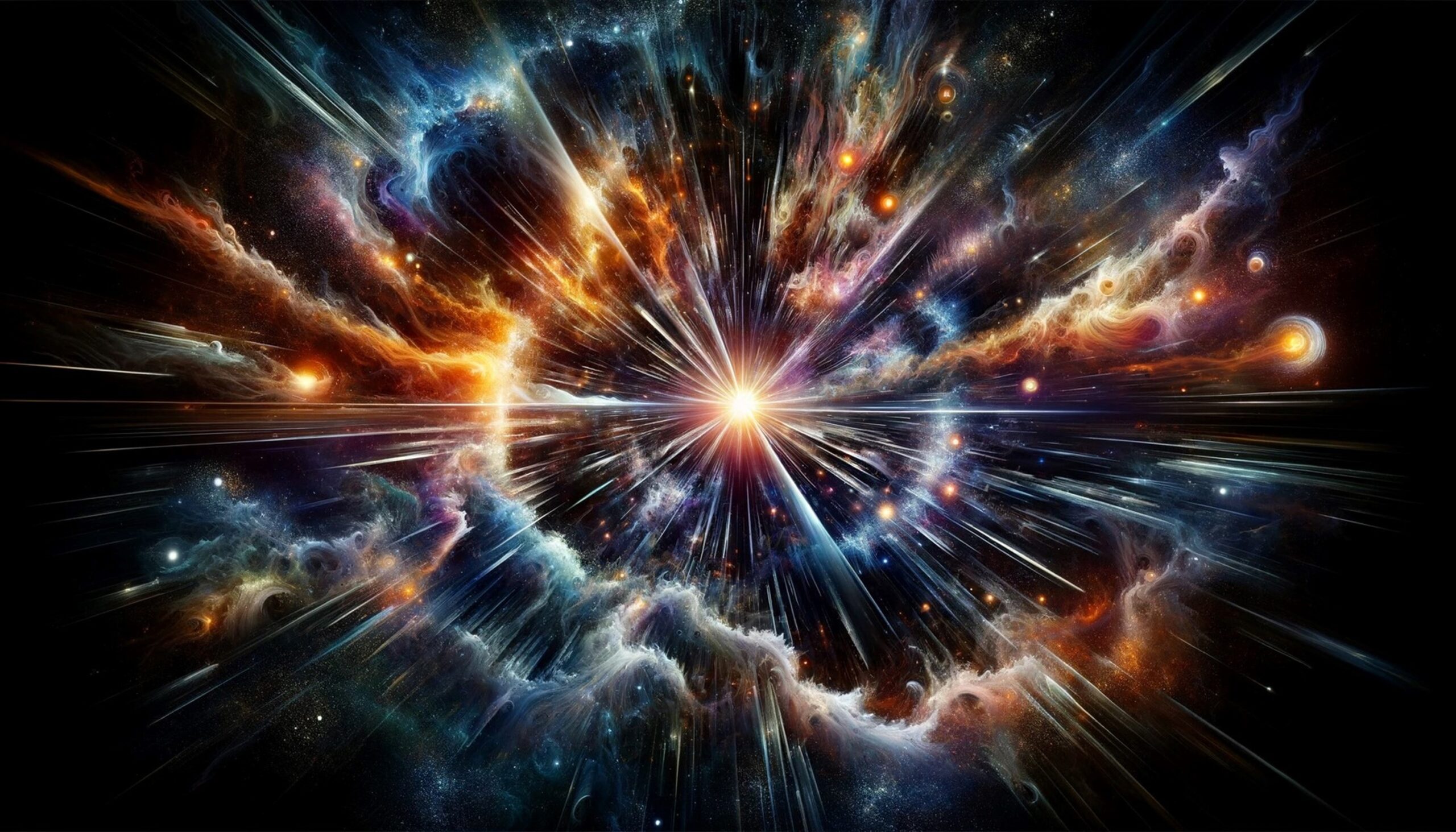Introduction
Did you know there’s a supermassive black hole at the center of our galaxy? It’s called Sagittarius A* (Sgr A*), millions of times heavier than our Sun. This massive black hole could help us unlock some of the biggest mysteries of the universe. What if studying it could teach us more about how the Milky Way formed and what black holes are?
Understanding the center of the Milky Way is important for more than just satisfying our curiosity; it has significant implications for astrophysics. The knowledge we gain helps us learn about the life cycle of galaxies, how black holes behave and form, and even how the cosmic forces in the galactic core influence our solar system. By studying the heart of our galaxy, we discover more about the universe and gain insights into our own place within it. The core of the Milky Way holds vital clues to our past, our cosmic environment, and the powerful forces that shape the space we call home.
Understanding the Structure of the Milky Way
The Spiral Shape
The Milky Way is a barred spiral galaxy, which means it has a stunning, rotating shape with a central bar and spiral arms that reach out. You can think of it like a giant cosmic pinwheel, where the curved arms are filled with stars, gas, dust, and dark matter. These arms—called the Scutum-Centaurus, Perseus, Sagittarius, and Norma’s arms—are where new stars are born and where clouds of gas and stellar nurseries thrive. The disk of the Milky Way is relatively flat, about 1,000 light-years thick, but it stretches over 100,000 light-years wide. This massive structure is held together by gravity, while the galaxy’s halo, a large, faint area of older stars and dark matter, surrounds the disk.

In this image we see the Milky Way as if we were hovering above it. We can admire our galaxy’s grand spiral structure in its stunning beauty and clearly identify the different parts; a central glowing bar with several spiraling arms around it. The Sun sits in the outskirts of the immense spiral, at 26 600 light-years (8200 parsec) from the centre, towards the bottom in this image. Annotations give the names and mark the locations of the spiral arms.
Page URL: https://commons.wikimedia.org/wiki/
Attribution: Pablo Carlos Budassi, CC BY-SA 4.0 https://creativecommons.org/licenses/by-sa/4.0, via Wikimedia Commons
The Galactic Bulge
At the center of this spiral is the galactic bulge, a densely packed area of stars that forms a bright, elongated cluster around the core. This bulge spans thousands of light-years and contains a mix of older stars, star clusters, and some interstellar gas and dust. Unlike the spiral arms, the bulge has a more chaotic structure and is packed with older stars, giving it a reddish color. The strong gravity in this bulge helps keep the galaxy stable.
Moving Inward
As we move closer to the center of the Milky Way, the number of stars, gas, and cosmic activity increases a lot. The galactic center is an extreme place where massive stars live and die in powerful explosions called supernovae, and where stellar winds interact with dense clouds of gas. Here, we find the galactic nucleus, which is home to Sagittarius A*, the Milky Way’s supermassive black hole. This central area is not only the most active part of our galaxy but also one of the most mysterious, providing scientists with a unique chance to study the forces that shape the Milky Way.
Discovering the Heart of the Galaxy: Sagittarius A*
What is Sagittarius A?
Sagittarius A (Sgr A) is the supermassive black hole located at the center of the Milky Way galaxy. It’s hidden behind thick clouds of gas and dust, about 26,000 light-years away from Earth. Black holes are areas in space with gravity so strong that nothing, not even light, can escape from them. Sgr A is one of these black holes, and studying it helps us understand the mysteries of black holes and the forces that shape galaxies.
The Discovery
Sgr A* was first discovered in the 1970s by radio astronomers who noticed a bright radio signal coming from the constellation Sagittarius. Over the years, scientists learned that Sgr A* was not just any ordinary object; it had a significant gravitational influence on nearby stars. In the 1990s and 2000s, astronomers studied the orbits of stars near the galactic center, especially a star called S2. S2 had a very fast, elliptical orbit around an unseen object, indicating that there was a massive, invisible force—Sgr A*. This research confirmed that a supermassive black hole, over 4 million times the mass of our Sun, exists at the center of our galaxy.
Size and Scale
Sgr A* has a mass about 4 million times that of the Sun, yet it fits into a space smaller than Mercury’s orbit around the Sun. Its powerful gravity affects not only the stars that are close by but also plays a role in shaping the entire core of the galaxy. Stars that are near Sgr A* move at incredible speeds—often thousands of kilometers per second—as they orbit it. By observing these stars and their movements, astronomers can measure Sgr A‘s mass with great precision. Despite its size and power, Sgr A is relatively quiet, with only occasional bursts of radiation from gas and dust that get too close and heat up dramatically.
The Galactic Center’s Unique Environment
Extreme Conditions
The area around Sagittarius A*, the black hole at the center of our galaxy, is like no other place in the Milky Way. It’s packed tightly with stars, gas, dust, and some of the strongest magnetic fields found in our galaxy. This small region—only a few light-years wide—has a concentration of stars that is thousands of times greater than what we see near Earth, making it a busy hub of cosmic activity. Massive clouds of interstellar gas and dust fill the area, colliding and compressing to form new stars or getting pulled closer to the black hole’s powerful gravity. The magnetic fields here are incredibly strong, interacting with the gas and stars to create turbulent, high-energy environments.
Unusual Star Types
In these extreme conditions, astronomers have found unique stars that orbit very close to Sagittarius A. A notable group of these stars, known as the “S-stars,” moves at incredible speeds—some reaching up to 8% of the speed of light. The orbits of these S-stars, particularly one called S2, have helped confirm the existence and mass of the black hole. These stars follow highly elliptical paths, coming very close to Sgr A before swinging back out, repeating this process over many years. Their fast speeds and unusual orbits give scientists valuable information to measure the mass and gravitational influence of the black hole.
Cosmic Interactions
The gravity of Sagittarius A* causes intense interactions in its surroundings. When stars, gas, and dust get too close to the black hole, they feel its strong tidal forces. This can stretch and compress materials in a process called “spaghettification,” sometimes even tearing stars apart. Additionally, gas and dust clouds falling toward Sgr A* become extremely hot and compressed, leading to bright bursts of X-ray and infrared radiation as they spiral into the black hole’s event horizon. These interactions create a dynamic environment filled with energy and motion, where materials are either captured by Sgr A* or flung back into space.
Conclusion
Exploring the center of the Milky Way reveals a fascinating and complex galactic landscape. From its beautiful spiral arms to the dense, chaotic heart around Sagittarius A, our galaxy is a mix of stunning visuals and extreme physics. We’ve looked at the structure of the Milky Way, examined the unique environment at its center, and discovered the powerful influence of Sagittarius A, the supermassive black hole that drives many interactions in this area. The galactic core is not just a place of incredible energy and gravity; it also offers insights into the nature of black holes, how stars move, and the life cycle of galaxies.
Share the knowledge with

